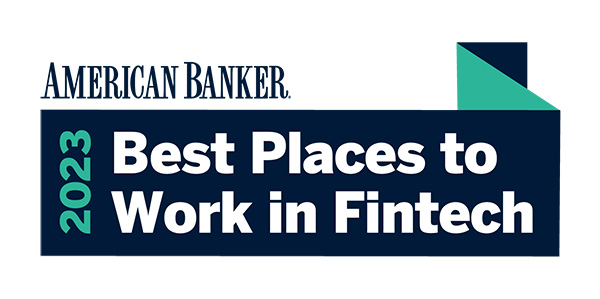Legacy systems are a blessing and a curse. They’re critical because they house the data and functionality that powers business. But this valuable data and functionality is often housed in mainframes or on-premise software systems.
With the advent of IoT, mobile, and SaaS apps, consumers are in the driver’s seat and demand convenient, quick access to financial services. Unfortunately, antiquated legacy systems struggle to keep up with the increased demands for customer data.
The good news is that core providers have listened to fintechs and banks, and are providing access to their systems more than ever before. With that increased access, innovation and modernization are happening, and APIs are key.
An API-focused approach allows fintechs to maximize their investment, lower costs, bridge any functionality gaps, and increase their ability to respond to customer needs.
We’d like to take a deeper dive into how you can choose the modernization strategy that best fits your business.
Modernization is not one-size-fits-all
We’ve learned in our six-plus years of building API integrations in the financial industry that each business is unique. What is effective for one may not work for another.
As you consider modernization, there are a number of variables to consider, all of which stem from your business needs.
Services
Take a thorough inventory of your current service offerings, functionality, and data with an eye toward potential innovation. Your goal is to identify what services prevent you from closing new deals or making current customers happy.
What services do your customers use the most? What do they ask for that you are currently unable to provide? Which of your offerings are underutilized due to slow response or accessibility challenges? Do you want to keep existing data and functions but make them more easily accessible via API or iPaaS? Do you want to capture new data and add new functionality?
If you’re currently dealing with a backlog of customer requests, the items on this backlog list are a great starting place for modernization.
Bottlenecks
Create a process map of your legacy software and look for opportunities to streamline and ease pain points. Where are you asking your users to make do with existing functionality? How can you maximize business value for your customers?
Many times, bottlenecks occur when users must manually export or upload data from the system for analysis. When fintechs can automate or modernize manual processes and eliminate bottlenecks, this is a quick and easy way to satisfy clients and win potential customers.
Open or in-house code
One important business decision that must be made involves identifying which parts of your system – if any – will be open code. Are you comfortable making your code available to your clients’ developers, or do you prefer to keep it internal?
When you open access to code, developers can make services available to your business’s customers. When services are more readily available, you can respond more quickly to customer needs because there’s no need to build all-new feature sets. We discuss the many benefits of open APIs in this article.
There is a certain amount of risk involved whenever you open your code base, but locking down select parts of the system as “in-house” helps to mitigate that risk.
Implementation
Will you update service-by-service, or will you do a complete rewrite of the entire application?
How quickly do you need to modernize your application? Rebuilding or rewriting the entire application is not only a costly process, it is a time-consuming one.
Most organizations choose an incremental path and prioritize modernizing certain user experiences or technology changes.
Interface strategy
Consider functionality as you develop your interface strategy. Will you use REST, web sockets, or GRPC?
As we said before, at Core10 we build our API strategies on the unique business needs of our clients. Having said that – generally speaking, here are two broad-based approaches to using APIs to modernize fintech apps.
Strategic approach number one: Repackaging
Fintechs can make legacy services more consumable by wrapping them with RESTful APIs. Repackaging services to expose access through APIs makes them easier to leverage.
Wrapping works best when the underlying infrastructure is well written and performs as it should but needs to be exposed to the internet.
Strategic approach number two: Micro- or Mini-services
When the underlying infrastructure code needs modernization, it’s best to re-architect the code and create mini- or micro-services. These services can be easily updated, customized to suit client needs, or reused.
We often see microservices created by domain. With core providers, if you want to start with accounts, you would start building an interface with accounts and then build another microservice for ACH. You expand without losing functionality and implement the latest and greatest, piece by piece.
Bonus approach: iPaaS
Another way to modernize fintech apps quickly is through the use of an integration platform as a service, or iPaaS. An iPaaS bridges the gap between cloud and on-premises. It’s a great way for your institution to stay up-to-date without having to completely update your core systems.
APIs and iPaaS are powerful, flexible, affordable ways to modernize your fintech apps in today’s digitally-driven marketplace. Core10 is uniquely equipped to take the burden off your in-house team and develop the tools you need to be successful.
Want to know more?
When it comes to modernization, what are you curious about? Let’s talk.






